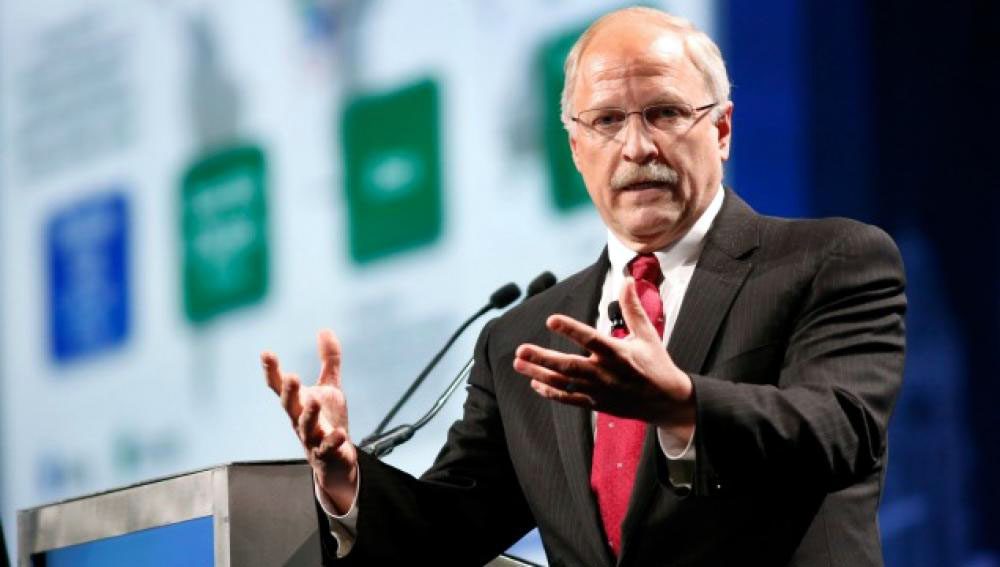When one considers the industry leading breakevens, the high-quality reservoirs, and the free cash flow that will be generated annually, there is no doubt that Guyana’s Stabroek Block is truly “the motherload” says Hess Corporation’s Chief Operating Officer, Greg Hill. During his recent participation in Bank of America’s Global Energy Conference, Hill praised the economics of the Stabroek Block projects as he noted that they will be generating between US$3B to US$4B for the company which holds a 30 percent stake in the block.
Chief Executive Officer (CEO), John Hess was also upbeat about the prospects which increase once the Liza Phase 2 Project achieves first oil in early 2022.
Hess said, “The Bakken, Deepwater Gulf of Mexico and Malaysia serve as our cash engine while Guyana serves as our growth engine. With the startup of Liza Phase 2 early next year, Guyana also becomes a cash engine and at that time, all of our major assets will be free cash flow positive.”
The CEO continued, “With line of sight of up to 10 FPSOs in Guyana to develop approximately 10 billion barrels of oil equivalent resources and our robust inventory of high return drilling locations in the Bakken, Hess’ ability to deliver high return resource growth is unparalleled. And that is what is the unique value proposition.”
Hess said too that the balance sheet for the company only gets better each year with the Stabroek block operations.
“Each time a ship comes on, an incremental billion dollars comes in a year to us in cash flow and so our value is brought forward. So, we are building value while other companies are liquidating assets. So, there is a real difference with us,” the CEO noted.
Between 2021 and 2026, the Hess boss said the company’s cash flow is forecast to increase by 25 percent annually. He said that at a price of US$65 Brent, this translates to approximately US$3B per year by 2026. “And if you add a US$10 higher price it is actually US$4B per year,” the CEO added.
He assured that the focus of the company will remain on disciplined spending and returning the majority of the company’s free cash flow to shareholders through dividend increases and opportunistic share repurchases.



